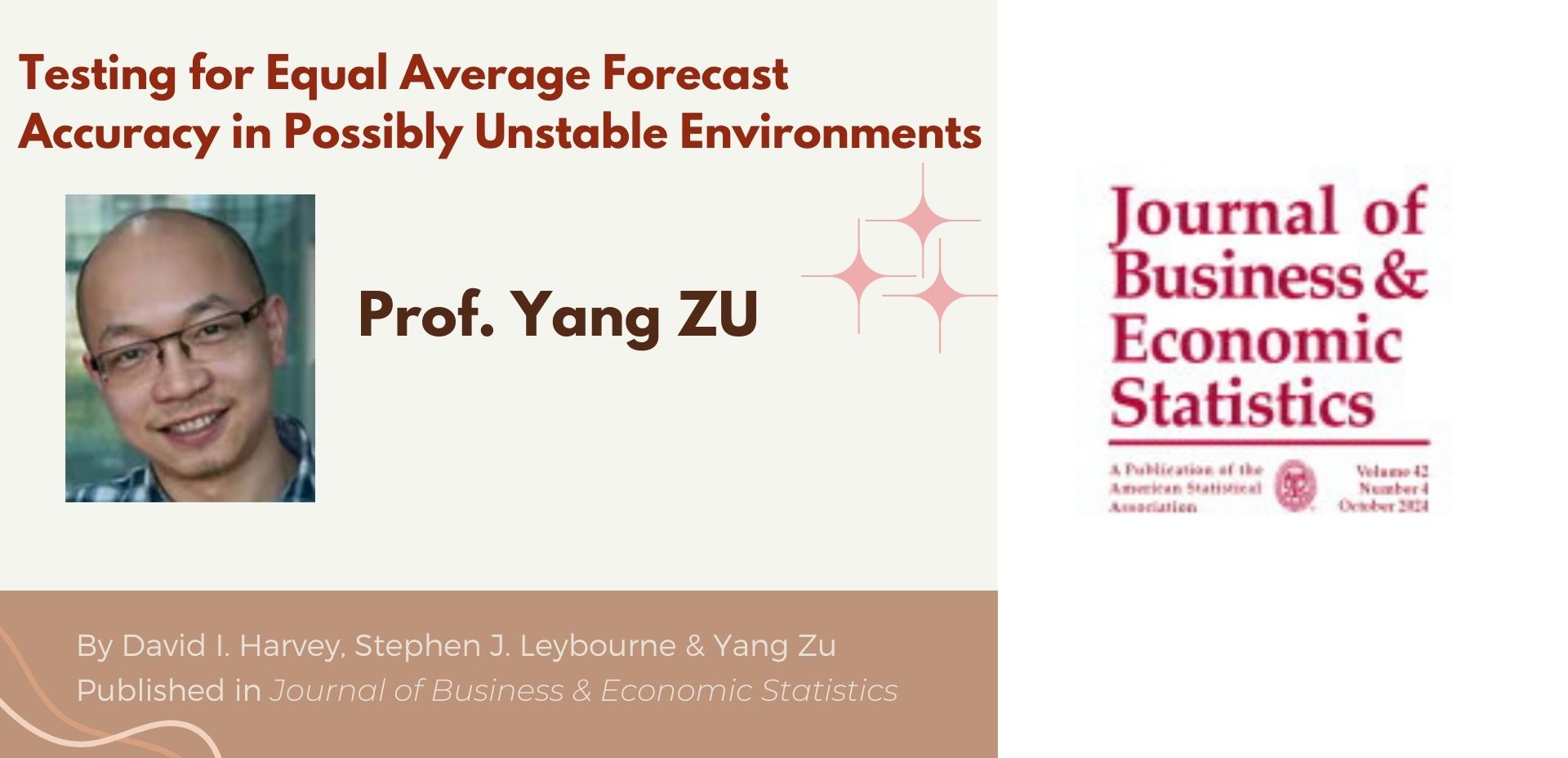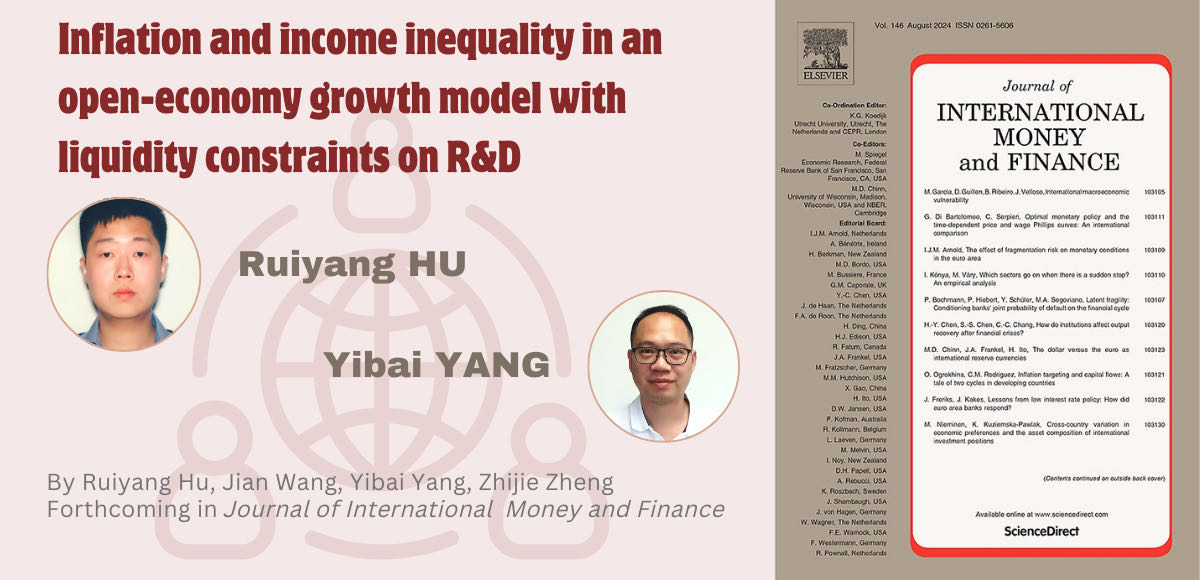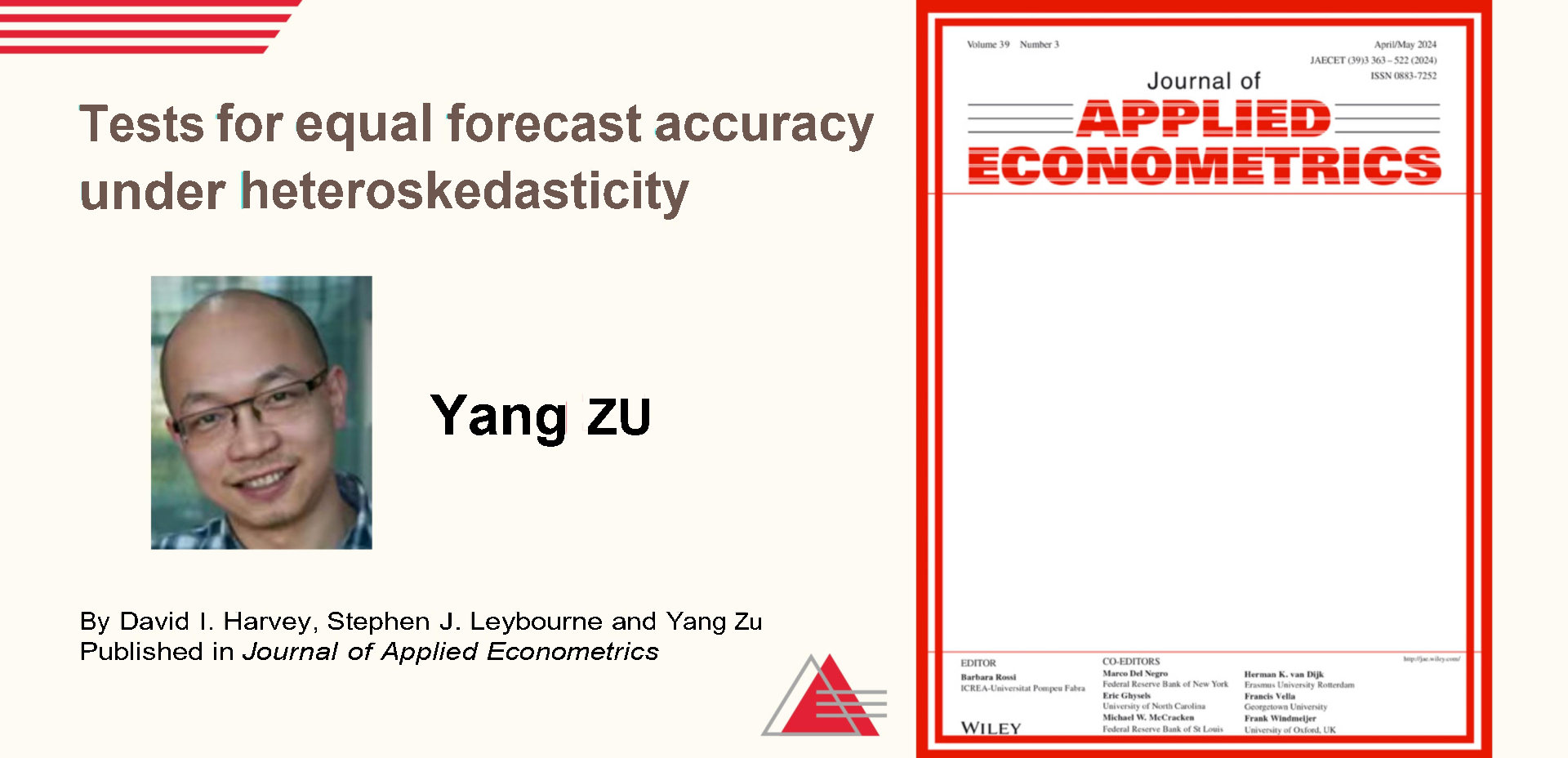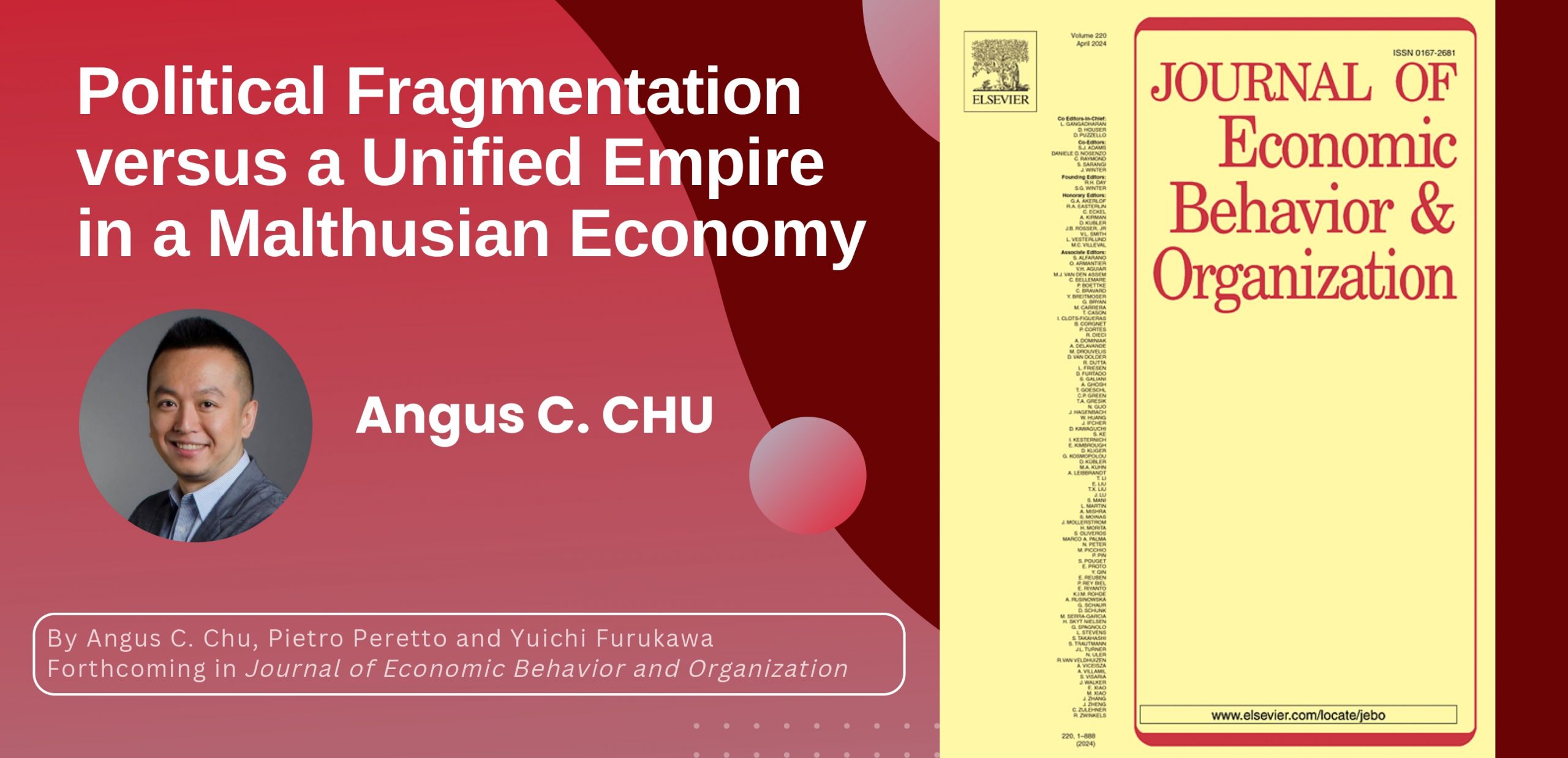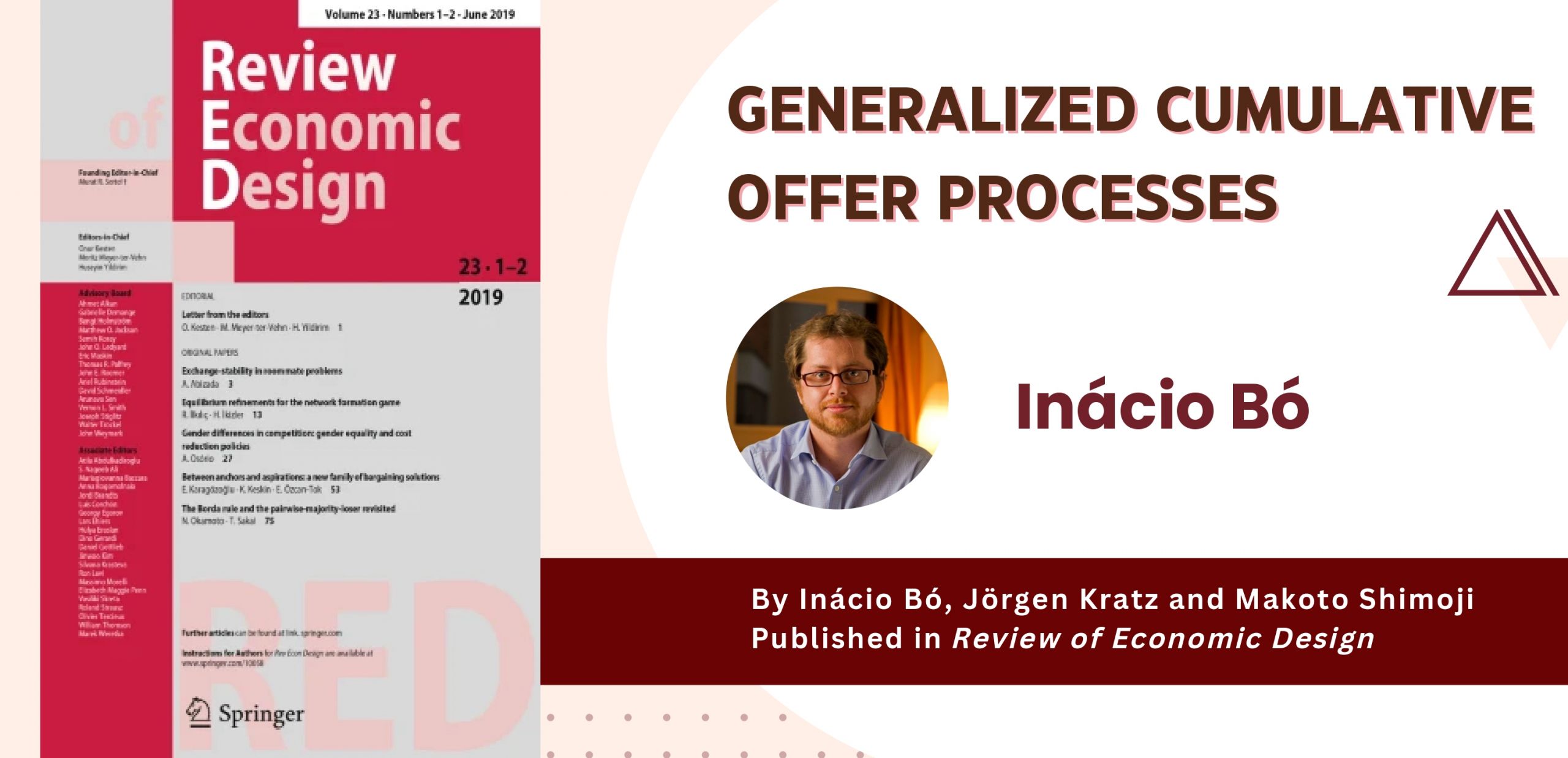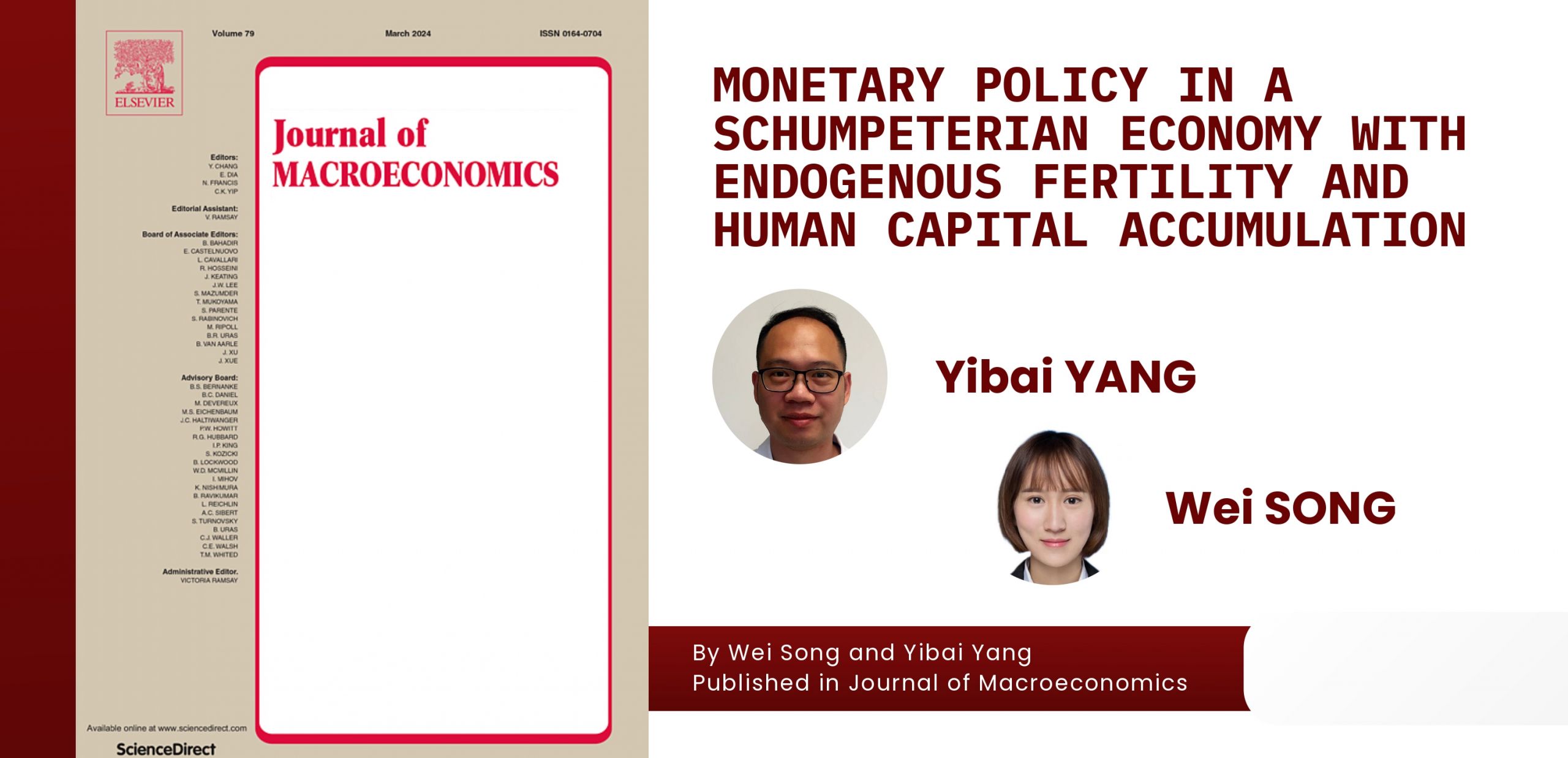Testing for Equal Average Forecast Accuracy in Possibly Unstable Environments
mikehoi Hoi Lok Hin2024-11-07T14:27:01+08:00Testing for Equal Average Forecast Accuracy in Possibly Unstable Environments By David I. Harvey, Stephen J. Leybourne and Yang Zu Published in Journal of Business & Economic Statistics Abstract: We consider the issue of testing the null of equal average forecast accuracy in a model where the forecast error loss differential series has a potentially non-constant mean function over time. We show that when time variation is present in the loss differential mean, the standard Diebold and Mariano (1995) test, which was proposed for evaluating forecasts in a stable environment, has an asymptotic size of zero, and, whilst consistent, can [...]


